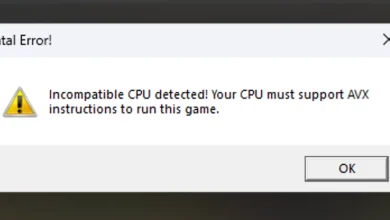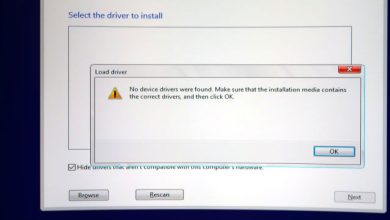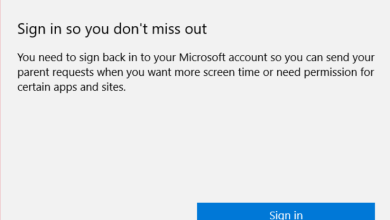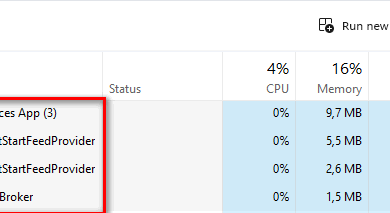How to Check Which Graphics Card Do You Have on your PC or Laptop
If you ever bought a computer or installed a new Graphics card, there must have been an instance where you wanted to check the exact model number and manufacturer’s name of your graphics card. The same scenario applies when you are troubleshooting issues on your computer.

The process of retrieving the details of the graphics card from your computer is quite simple and there are several different ways to do it. There are two possibilities; either you only have an inbuilt graphics card installed by default (which is Intel HD or UDH) or some from a dedicated manufacturer (for example NVIDIA or AMD etc.).
For all methods, you need to make sure that you are logged in as an administrator. We are retrieving system details which requires elevated access.
Method 1: Using DxDiag (Recommended)
DirectX Diagnostic (DxDiag) is a type of diagnostic which allows users to retrieve details of components installed on your computer in a comprehensive list. It also allows users to save all the information to an external text file.
We recommend this method of extracting information regarding your graphics card because it is easy and quick. Also, you can get all the information about the system at a single location in an orderly manner.
- Press Windows + R, type “dxdiag” in the dialogue box and press Enter.
- Now click on Display tab present at the top of the screen. Here underneath Device table, you will be able to see all the details of the graphics card on your computer. As you can see in the example below, the graphics card belongs to Intel UHD series which is part of the default card in Intel processors.

- Also, you can check the driver installed on your graphics hardware underneath the table Drivers. If you want to extract all the information to an external file, click Save All Information and follow the on-screen instructions.
Method 2: Using Display Settings
Another quick method to access details about your graphics card is accessing your Display settings. From here, we can get information about the graphics adapter along with the shared and individual memory status.
- Right-click on your Desktop and select Display settings.

- Click on the option Advanced Display settings present at the bottom of the page and then click Display adapter properties for Display 1. You can different displays if more of the mare connected to your computer.

- A new window will pop up consisting of all the details of your graphics hardware including the name, the memory, the chip type etc.

You can also click Properties to get information regarding the driver installed.
Method 3: Using Device Manager
The Device Manager is a tool which allows the user to check all the connected hardware to his computer on a single window. This way you can check up on your drivers as well as connected hardware all in one Window.
- Press Windows + R, type “devmgmt.msc” in the dialogue box and press Enter.
- Once in the device manager, expand the category of Display adapters. Here all the graphics hardware connected to your computer will be displayed. If you also have a dedicated graphics card, it would be listed here along with the in-built card on your motherboard.

- Right-click on the adapter and click Properties for whom you need more information. You can easily check the drivers installed and the events of the hardware.





